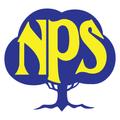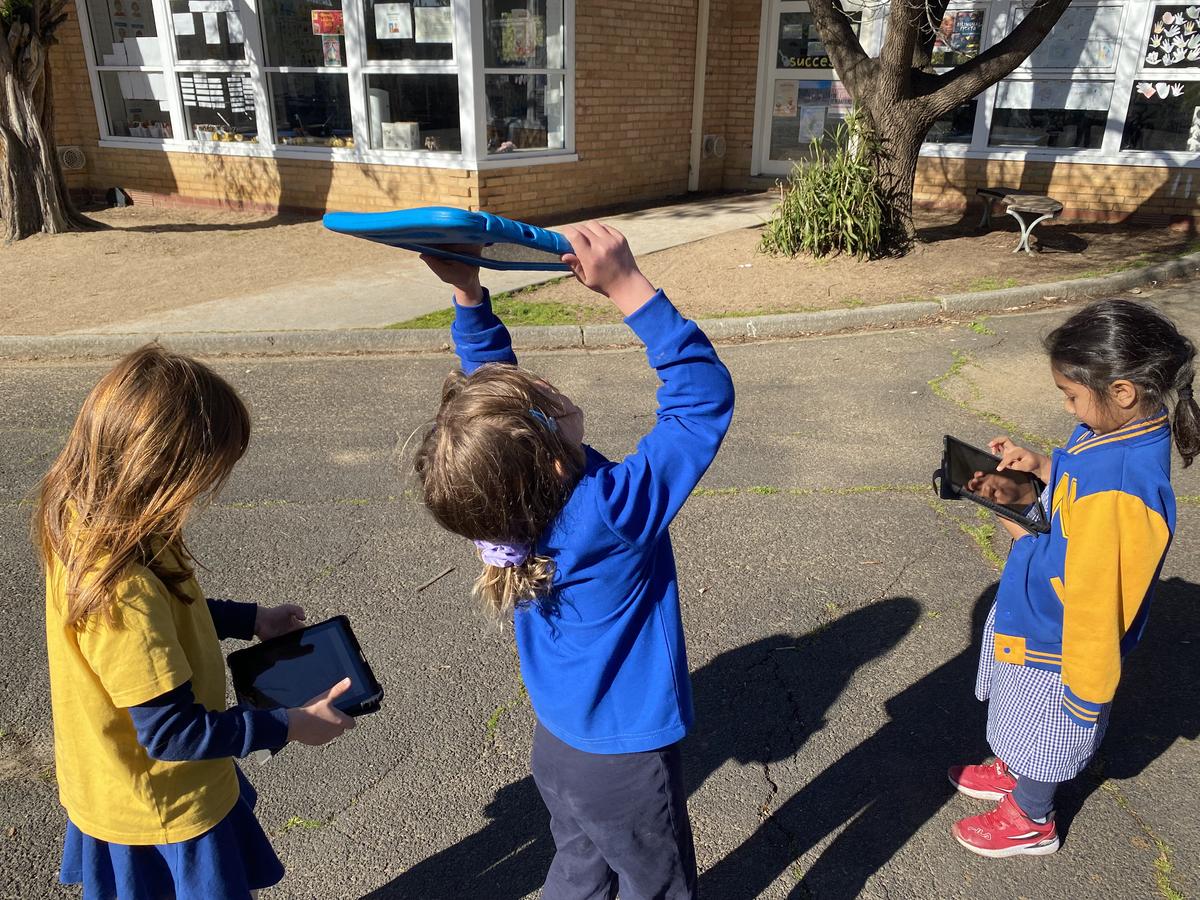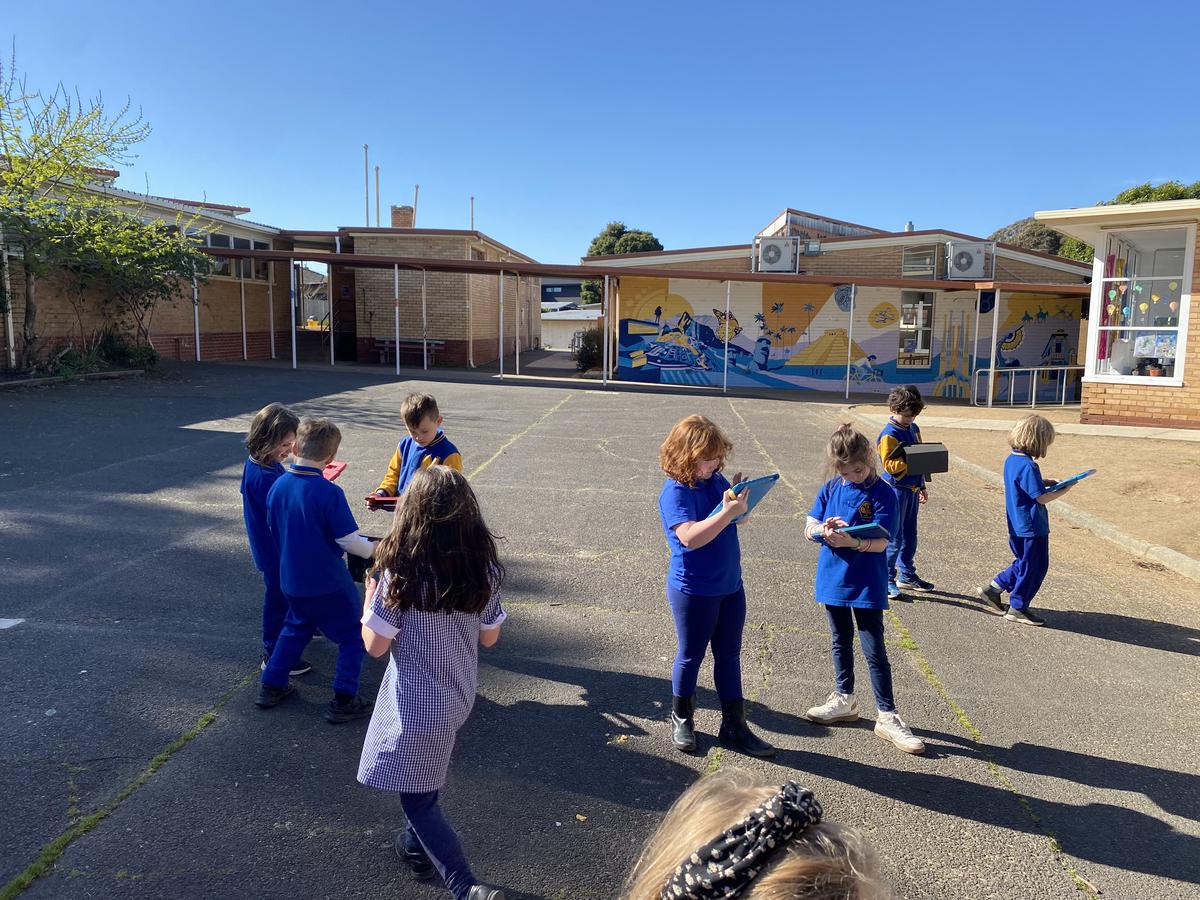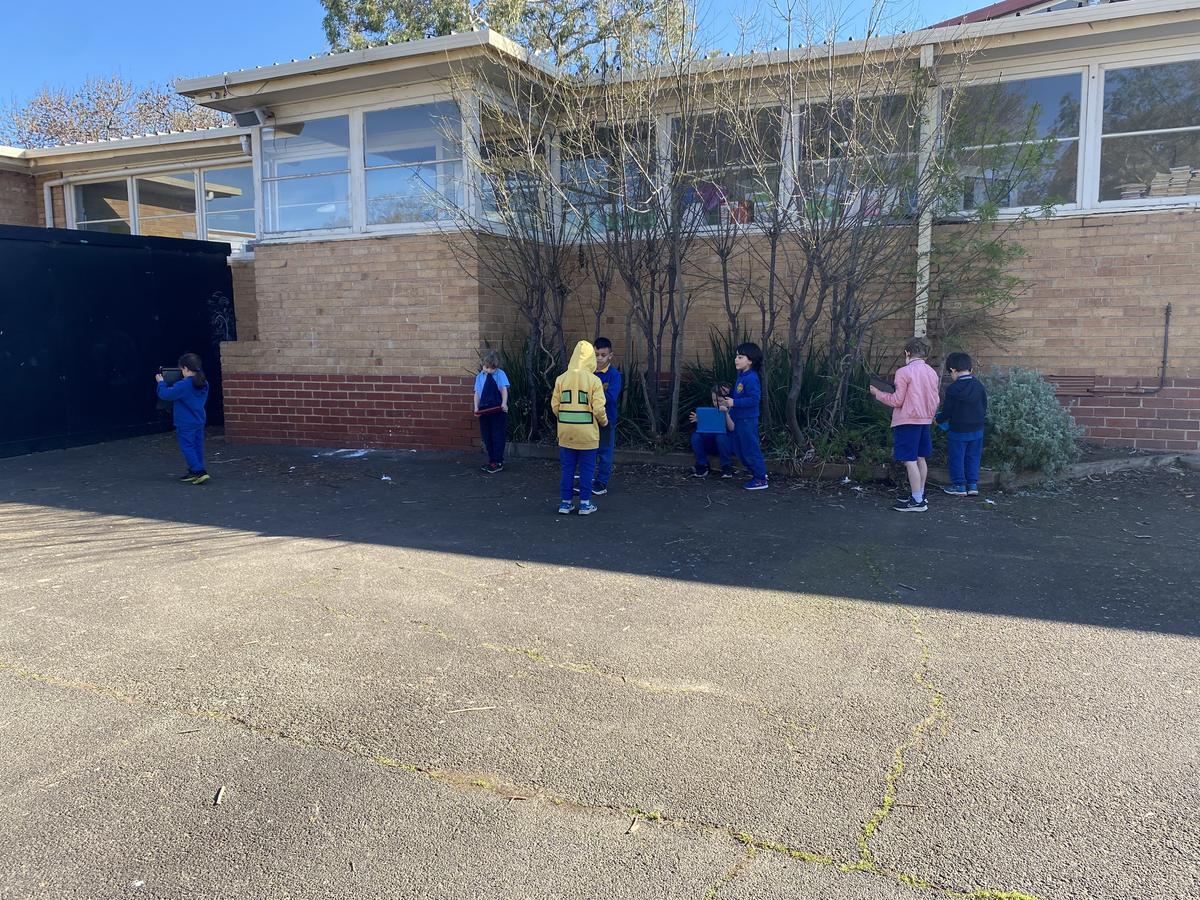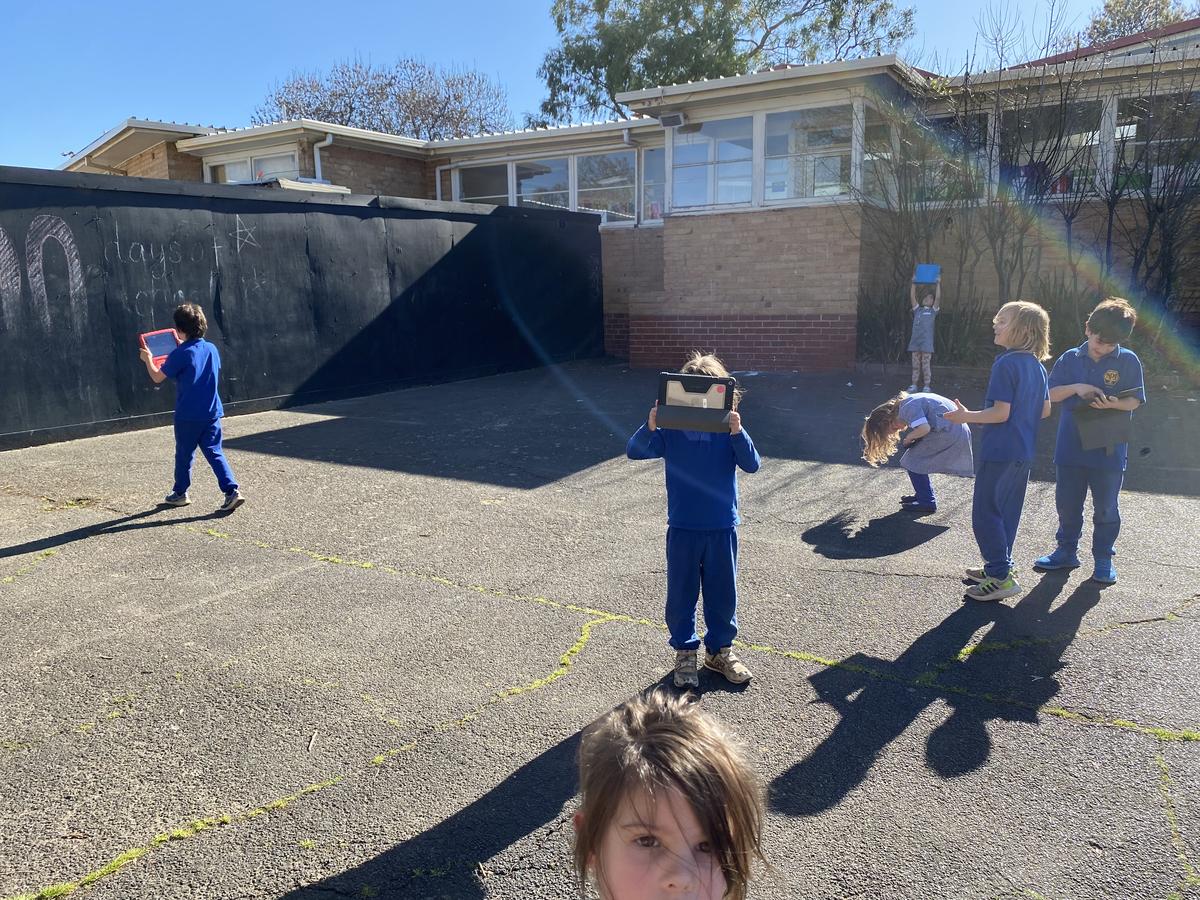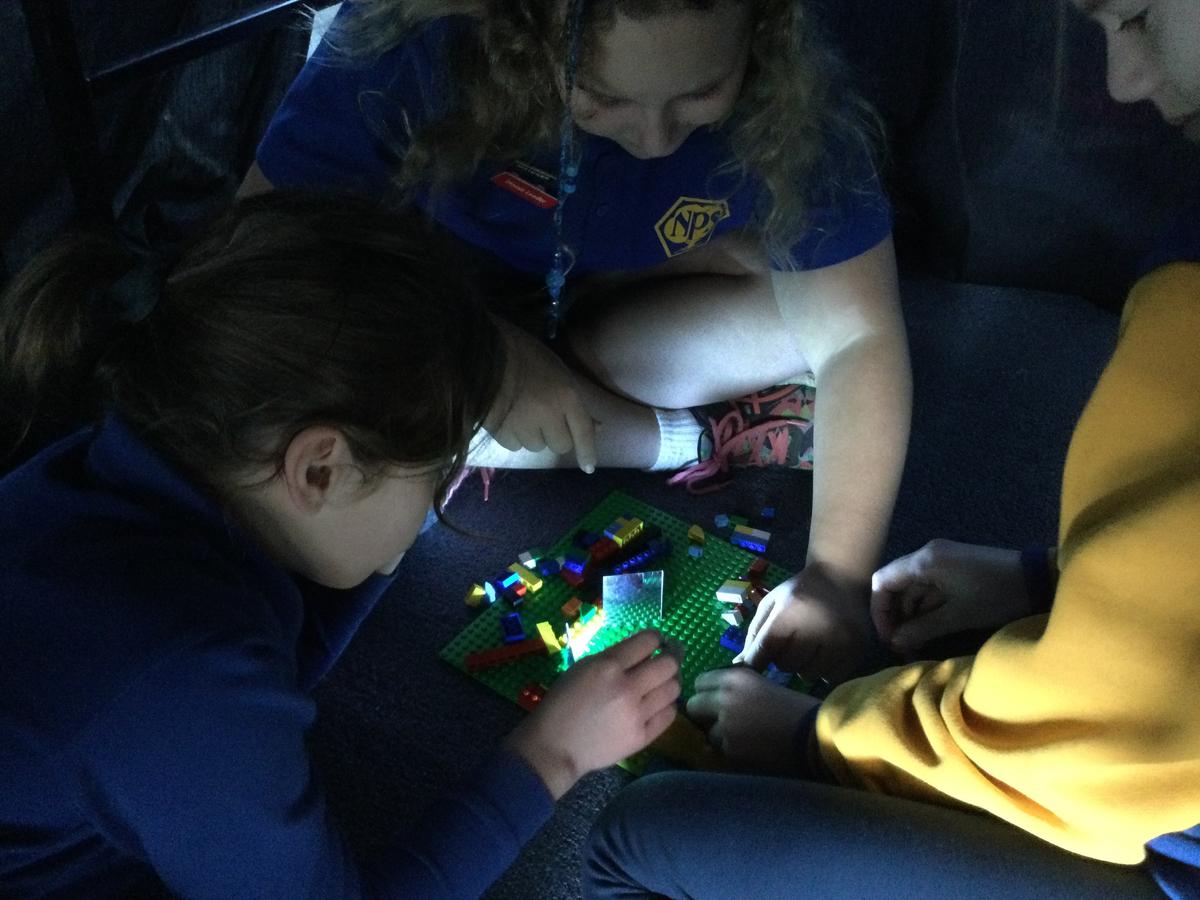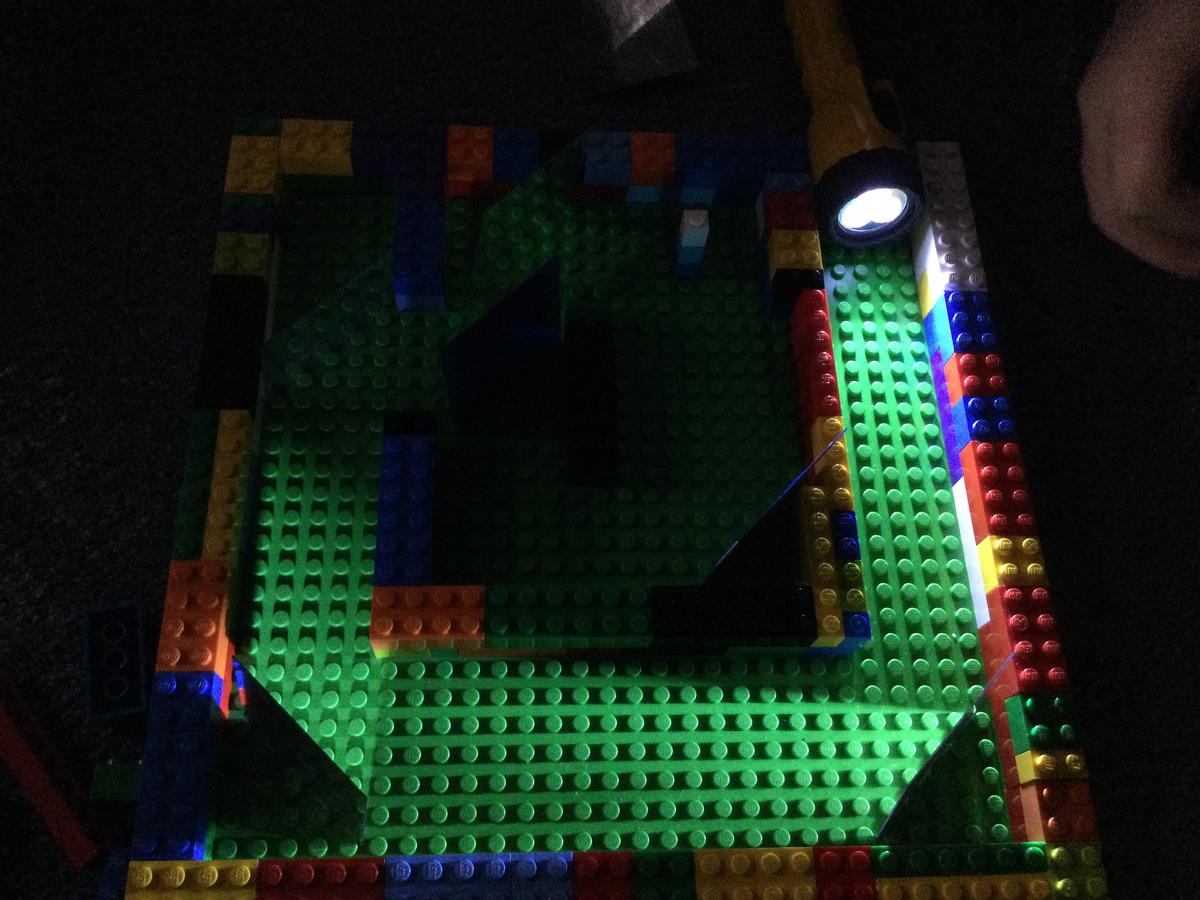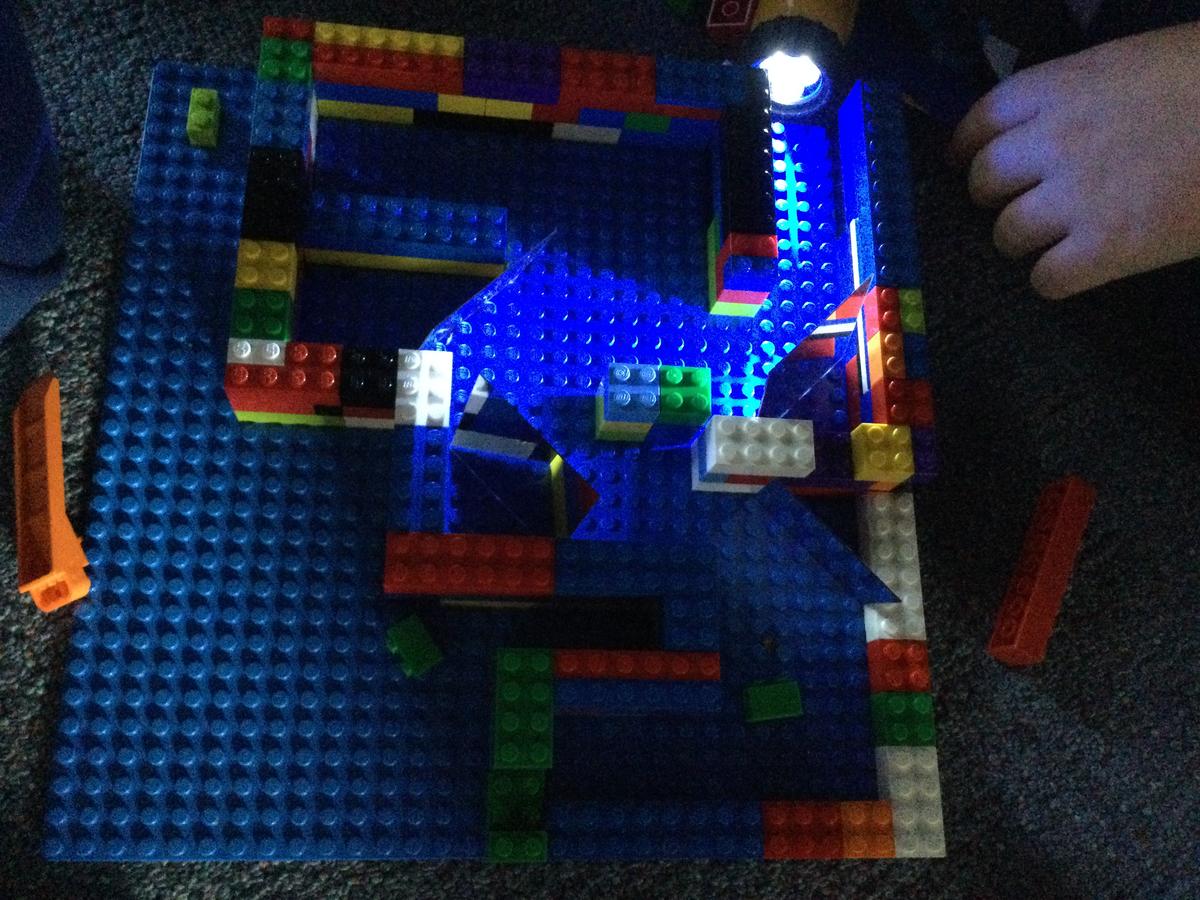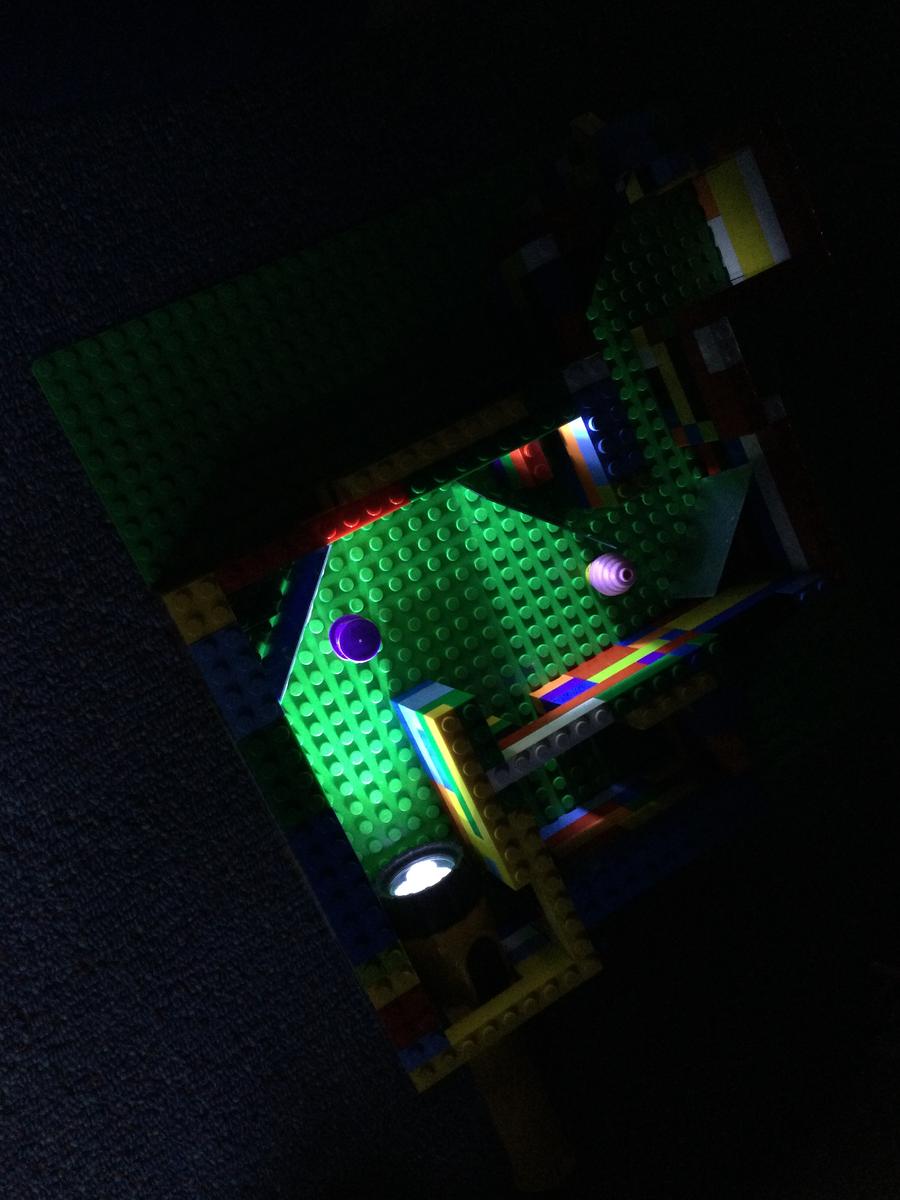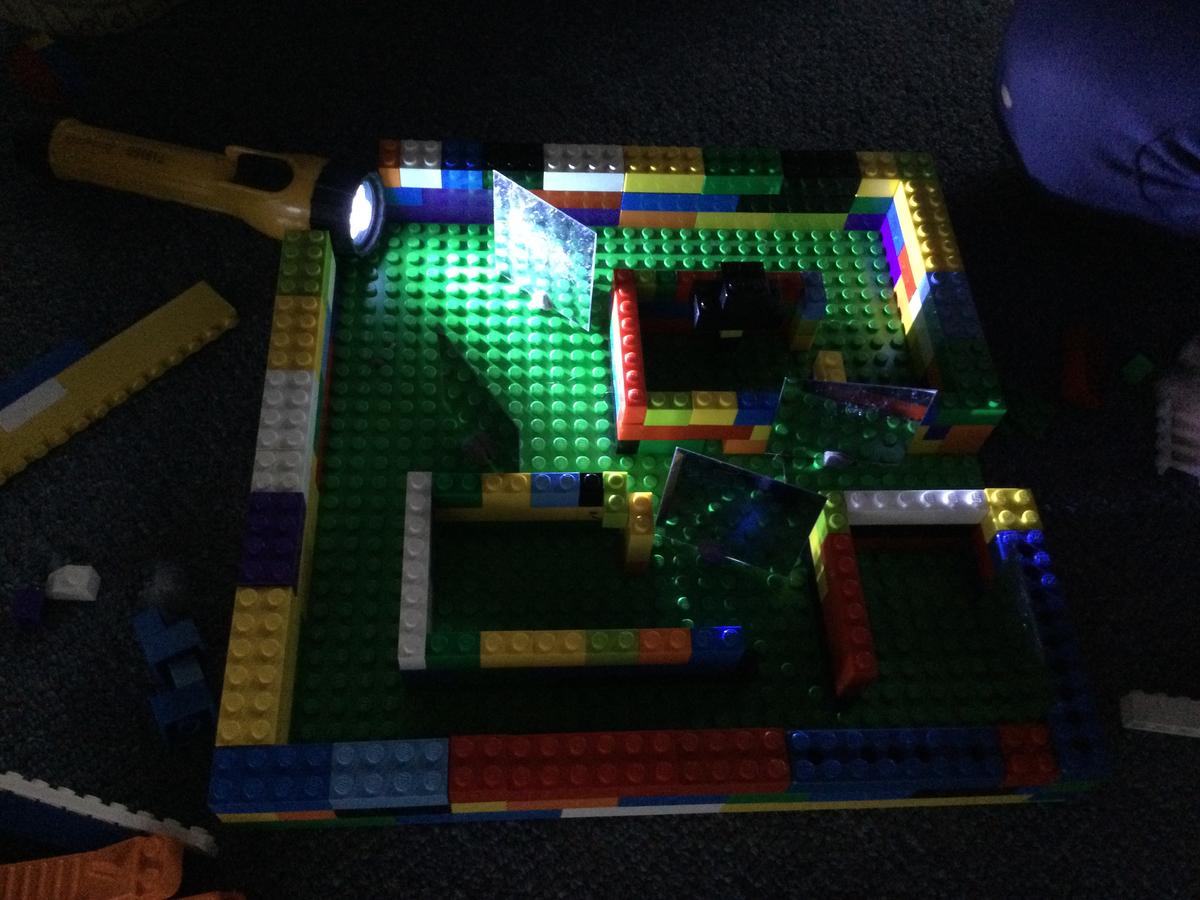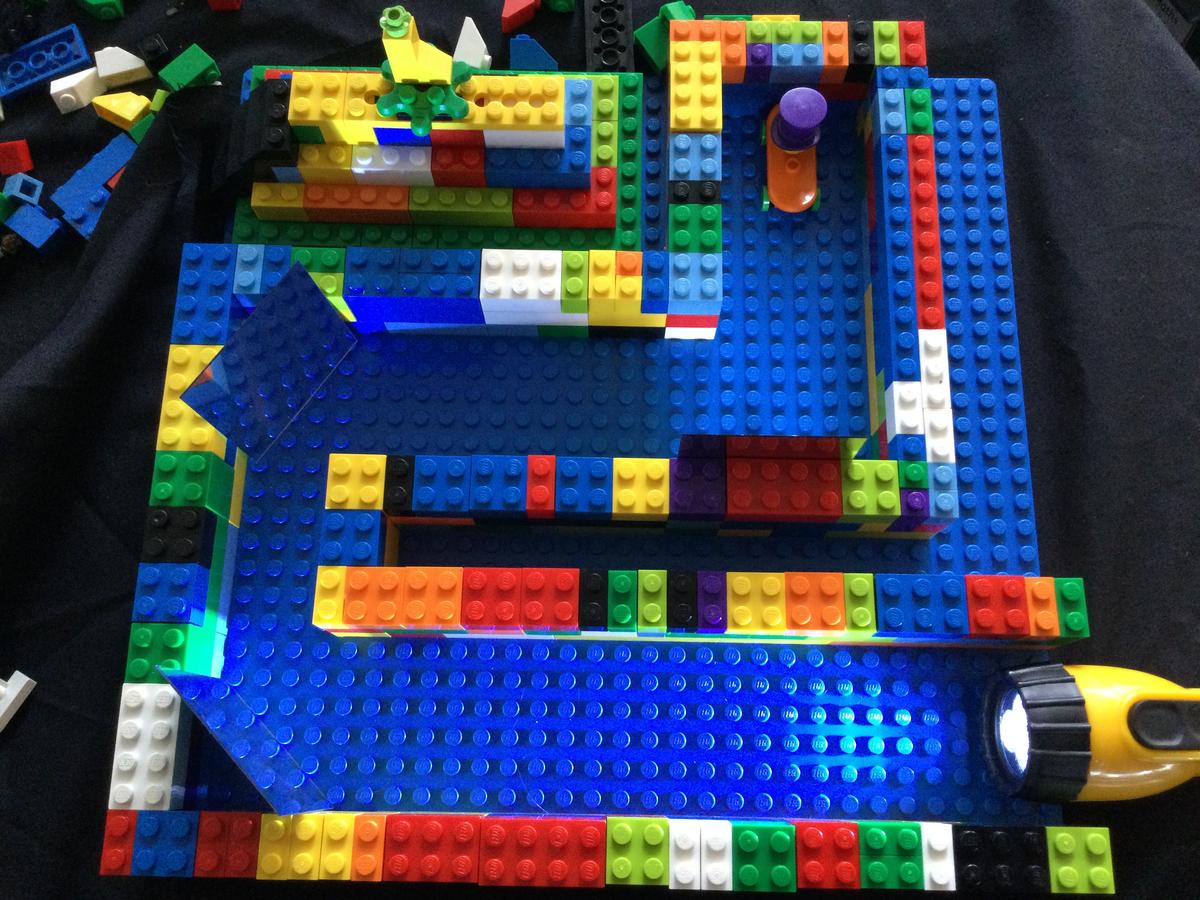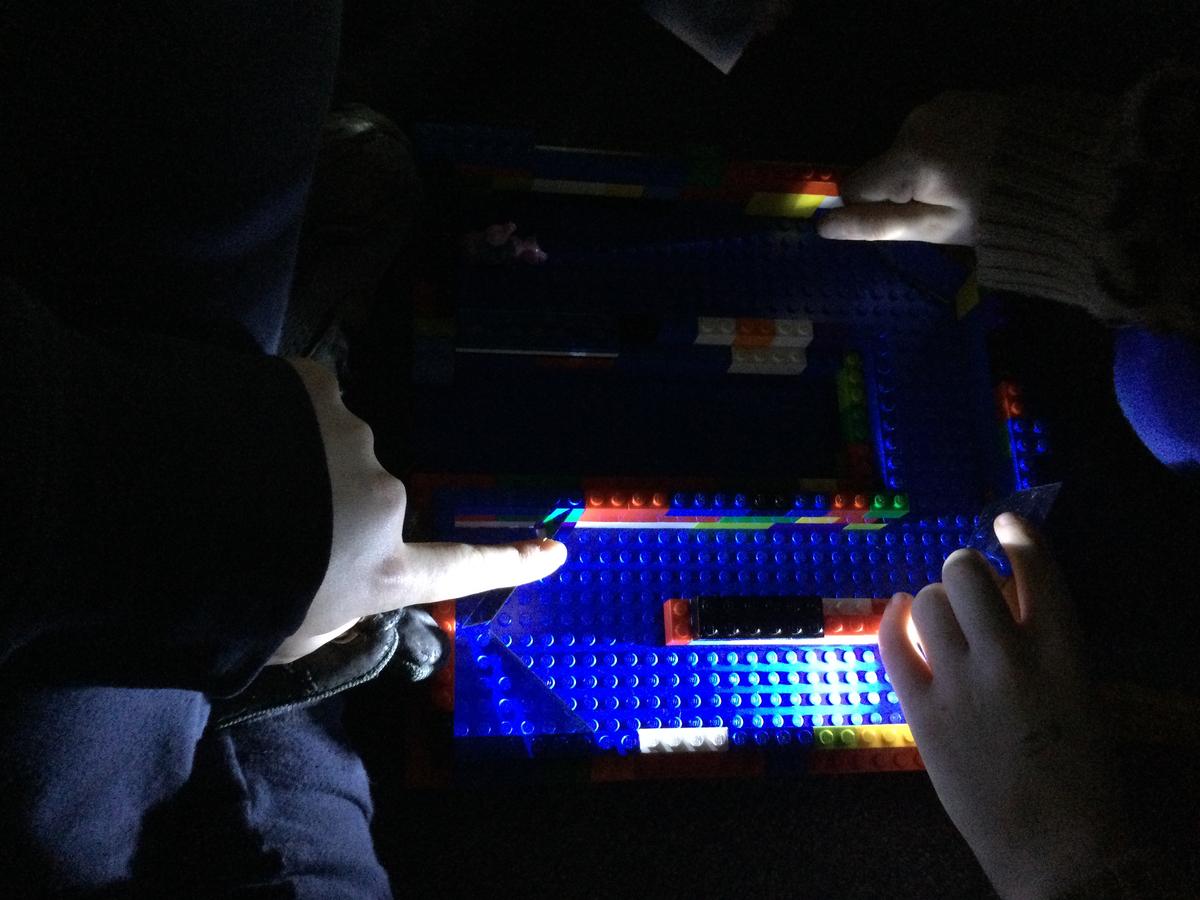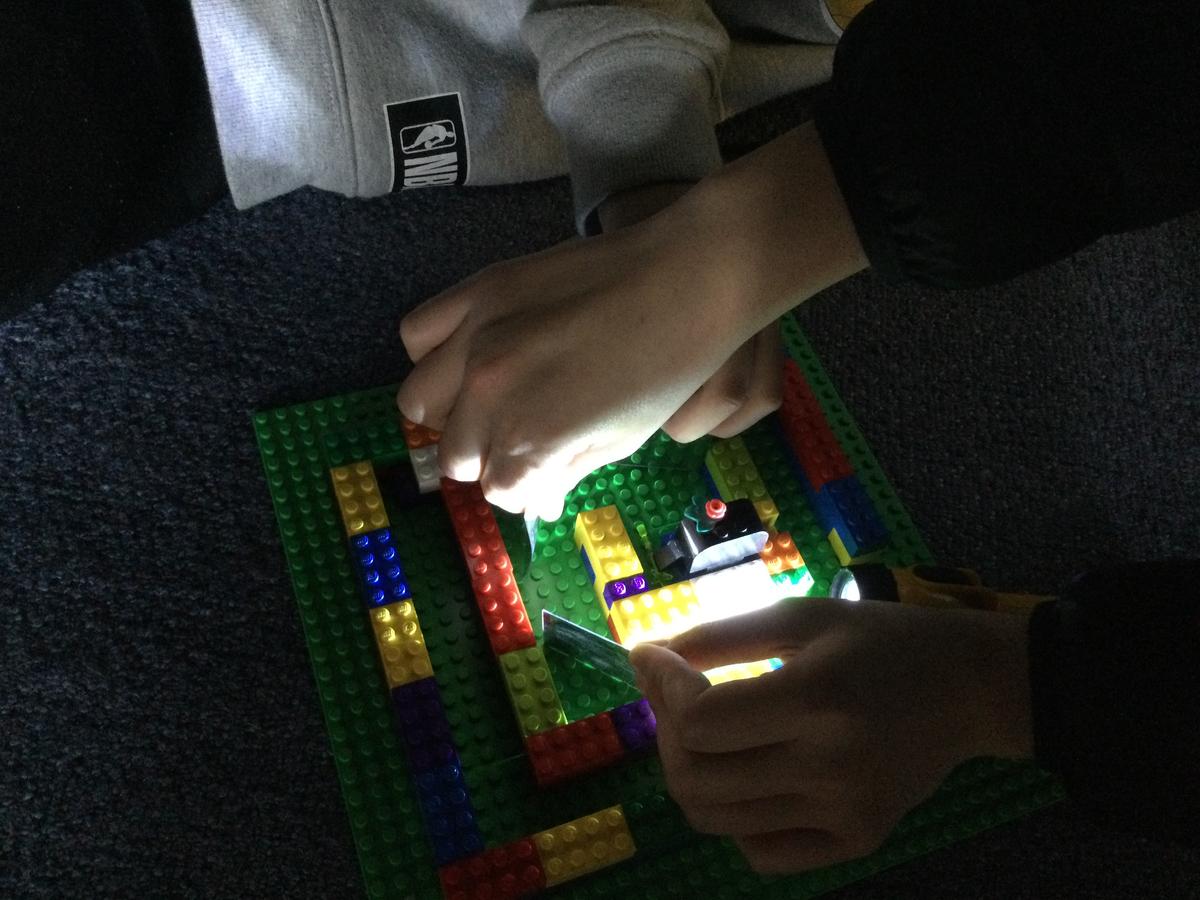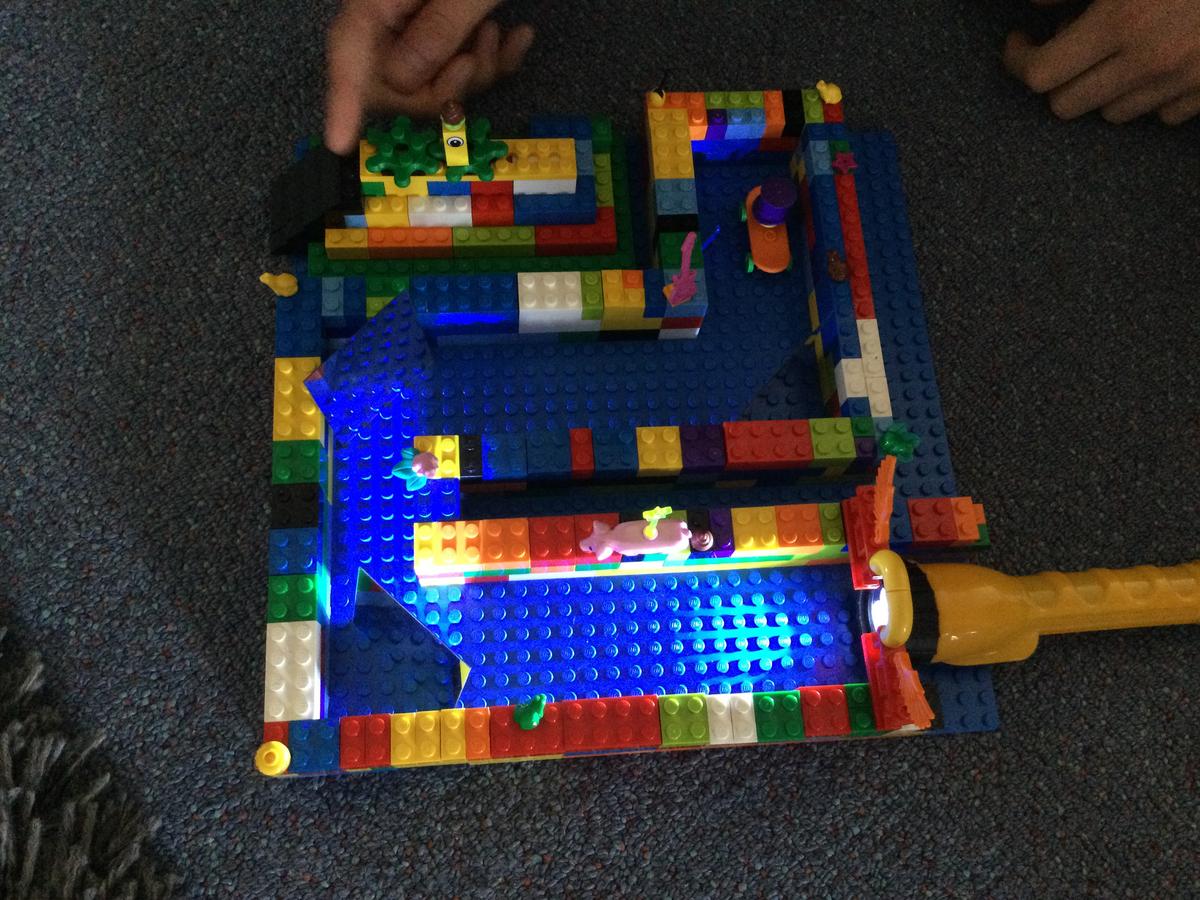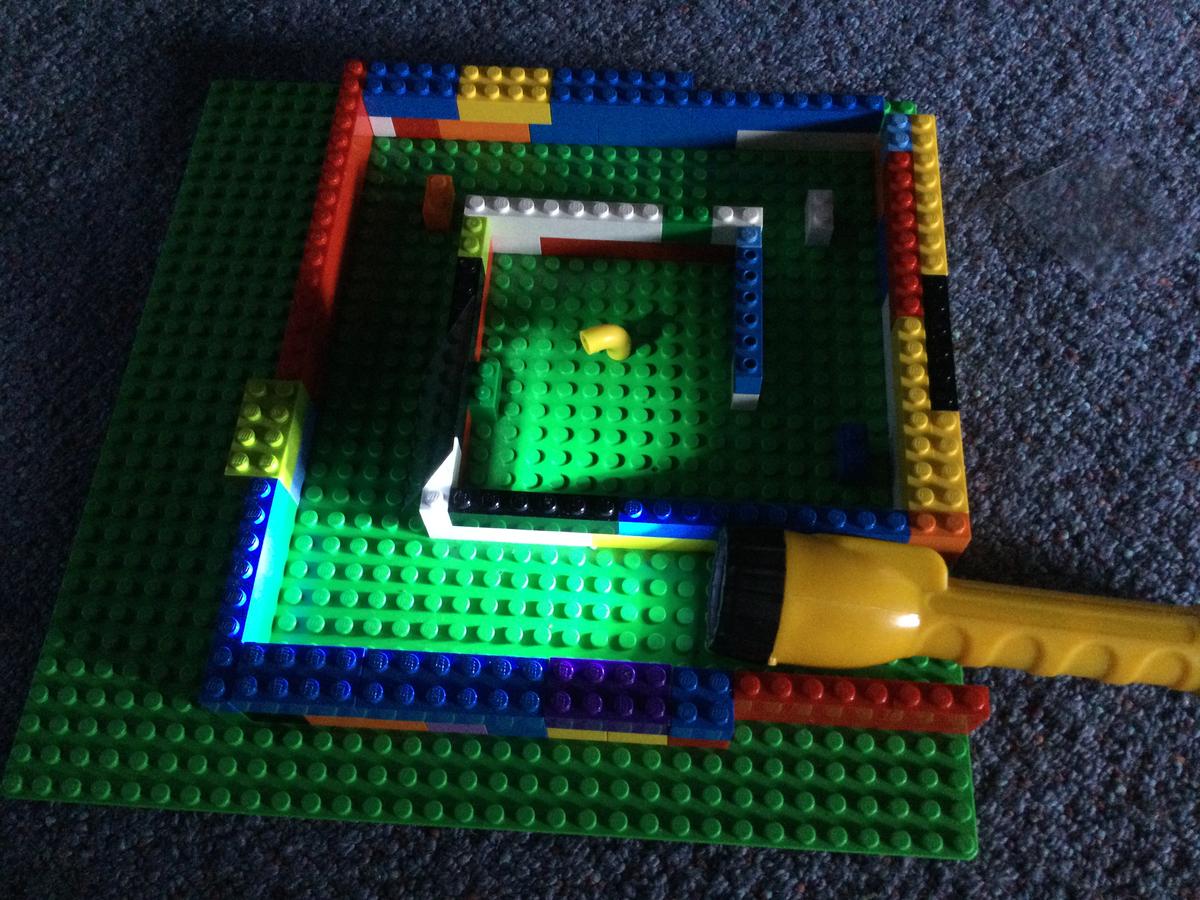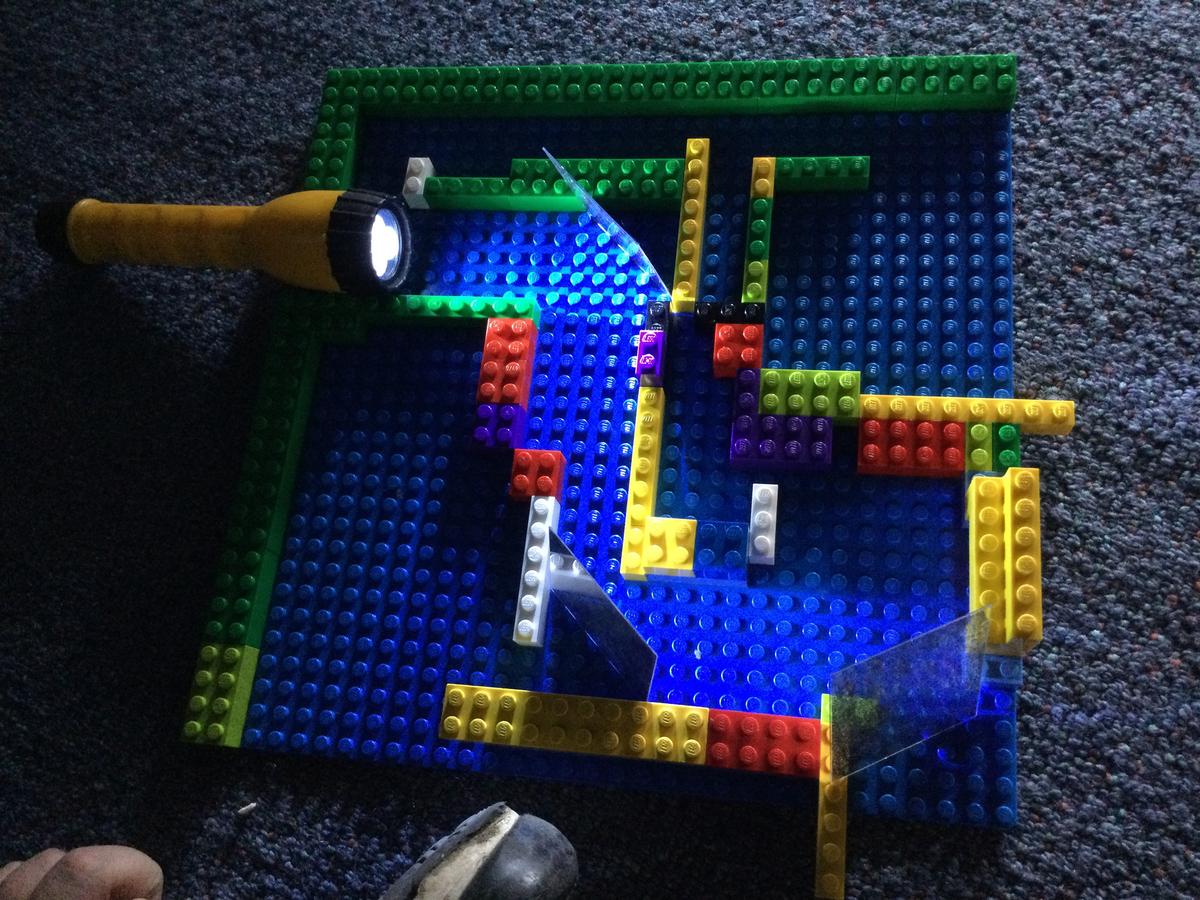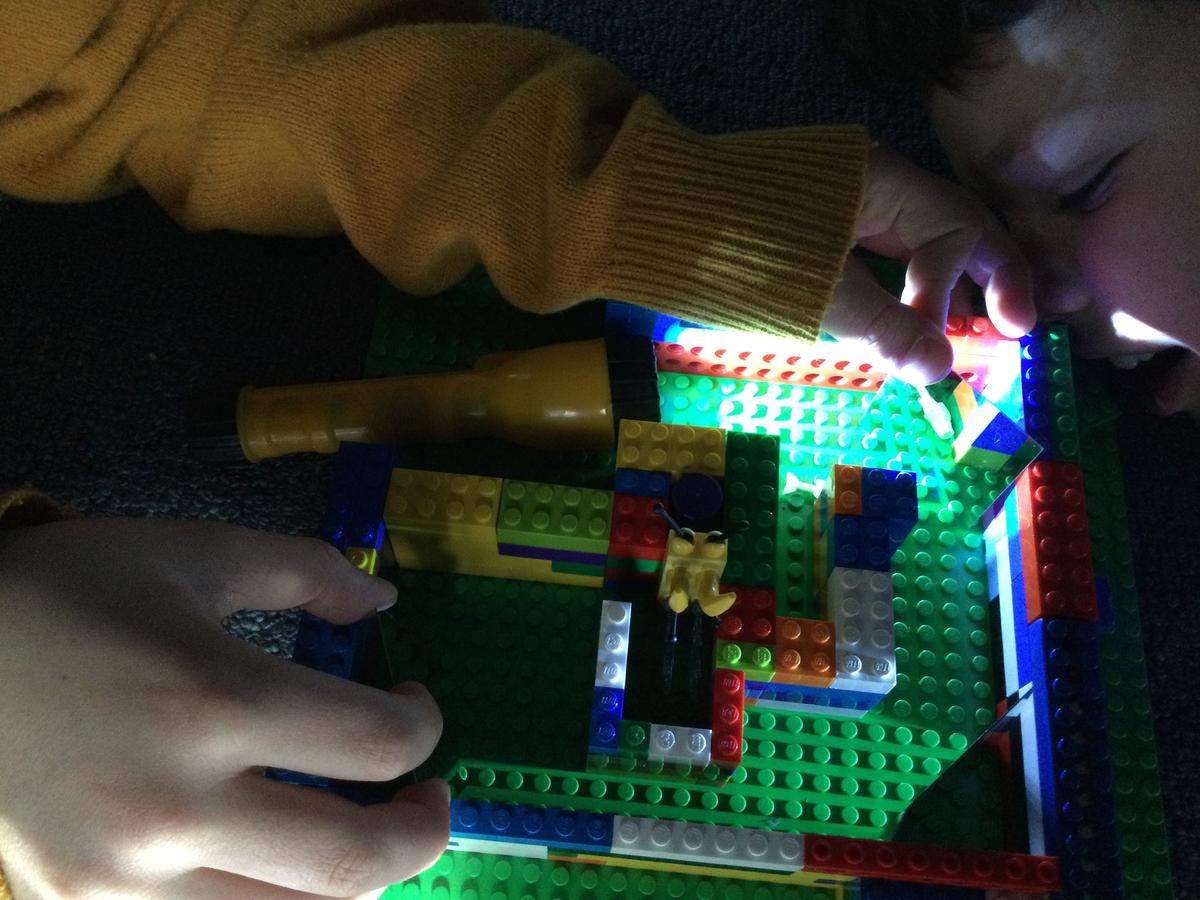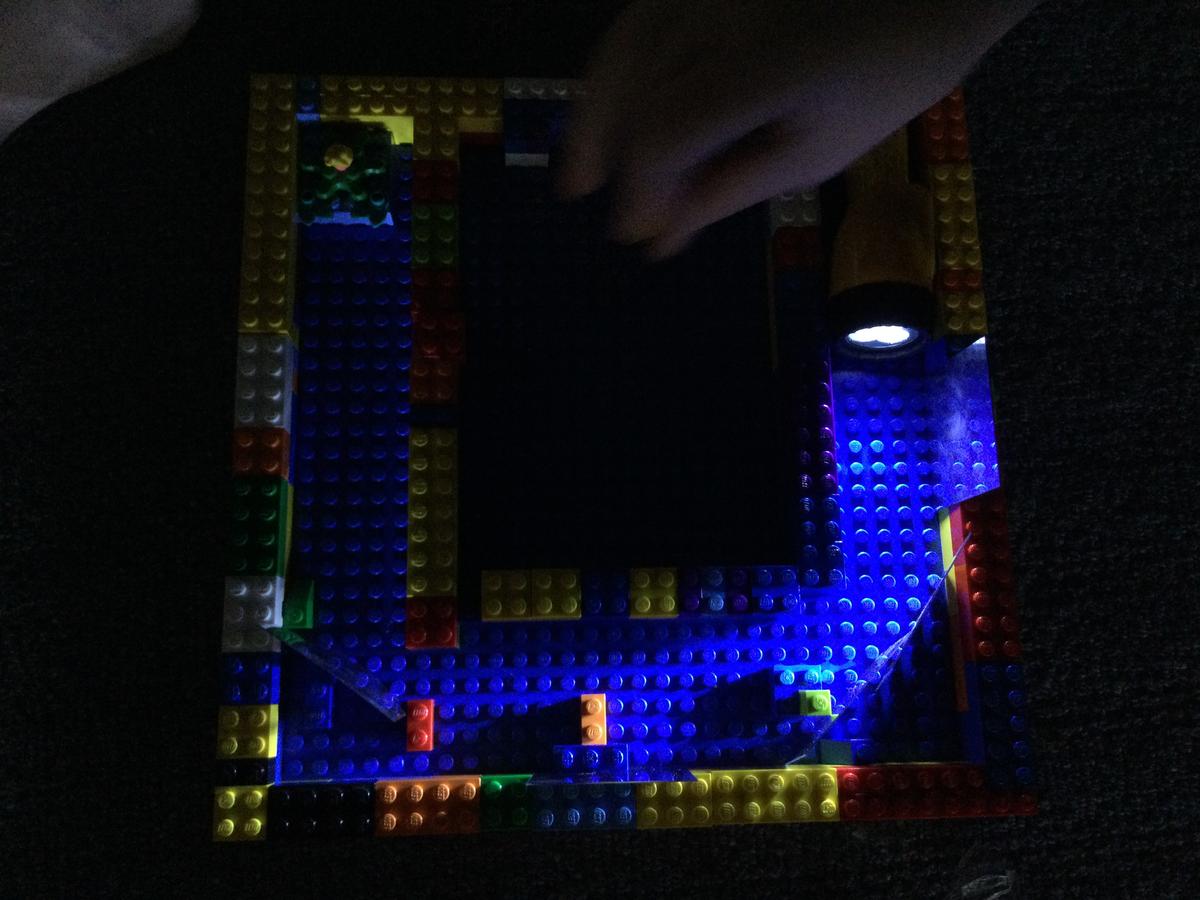STEAM

F/1
We started the term by finalising our special collaborative art piece that we are excited to show you during our art show at the beginning of next term.
We have now shifted gears and are focussing our attention on our environment, in particular the changes that happen within it. We played 'I spy' in the school yard to find different parts of our school environment. We took photos of them and made predictions about whether we think these things will change. We then went back outside after two weeks to take photos of the same items to compare our predictions to our observations. We noticed that some things like the sky change, but other things like the concrete ground did not.
We have also set up a long term experiment. You may have noticed some odd things in the garden along the fence at the front of our school. We have placed these items here to see if they will change over the length of the term. Many students predicted that the natural items such as flowers and plants will change, but the made objects will remain the same. We look forward to seeing the results at the end of the term.
2/3
I have been blown away by the final products students have created for their melted crayon art work. The process has taken a little bit longer than what we had planned, but it has been a fun and creative way to blend our science learning about solids and liquids together with art. Through the process, we learned a lot of different techniques. We learned that pinning sheets up on the wall used gravity to create a drip effect. The fan force affected how much the liquid crayon was pushed around the page. Sometimes the melted crayon didn't move in the direction we wanted it to because the solid crayon blocked the force of the hairdryer. So much learning as well as fun happened! We can't wait to show you our colourful creations next term in the art show.
4/5/6
We are shining a light on physics this term and exploring all things light related. Students used peek boxes and torches to realise that light helps us to see. They explored how light travels through exploring with bendable tubes. Spoiler alert: it's in straight lines. But this didn't stop us working out how to make light move around objects using reflections. Students had lots of fun creating light mazes out of Lego. They learned the meaning of the words opaque, translucent and transparent by shining a torch at different objects and rating the amount of light that passed through them. From this, students identified that opaque objects create shadows by blocking and absorbing light. They are currently coming up with their own investigation to determine what is it that affects the size of a shadow. Is it the distance of the light from the object, the distance of the object from the surface the shadow falls on or is it the angle at which the light shines on the object? We'll have to wait until next week to see.
